Why colocate?
Today, organizations are critically dependent on access to their data.
Do you have a tested disaster recovery plan? Where’s your business in the data center life cycle? Are you controlling the costs of your data center, or are they controlling you?
Before investing in a costly retrofit of a legacy environment or pushing your data off to the cloud, ask your IT team if a colocation might be the best-fit for your company’s technology resources. Private data centers put a high demand on your capital expenses, operating budget, and team cycles, and at the end of the day, “cloud” is just a trendy term for someone else’s hardware, in someone else’s data center, in someone else’s facility. Yielding your business’ most valuable asset – your data – to a single provider leaves you acutely dependent on an external source beyond your control.
Colocations are specialized multi-tenant environments designed to host critical IT systems. These purpose-built facilities offer higher availability, higher security, and more diverse connectivity than single-tenant data center operators can afford on their own. This shared solution offers businesses freedom from the expanding costs their own private data centers, and a stronger environment for their IT systems, all without forcing IT teams to surrender ownership and control of their data, hardware, and virtual environments. With the weight of a data center’s brick-and-mortar off their backs, companies can maximize their IT team’s focus on their core business. Each year, more and more companies are seizing the many benefits of co-locating their IT systems.
Advantages of Colocation
Building the Business Case for Your Data Center Migration
Availability & Performance
Redundancy is both the highest priority and the highest cost of a data center. Owners of private data centers usually find that their desired availability-level is not financially feasible. Colocations achieve high availability levels and offer better performance at low rates by providing services to multiple tenants.
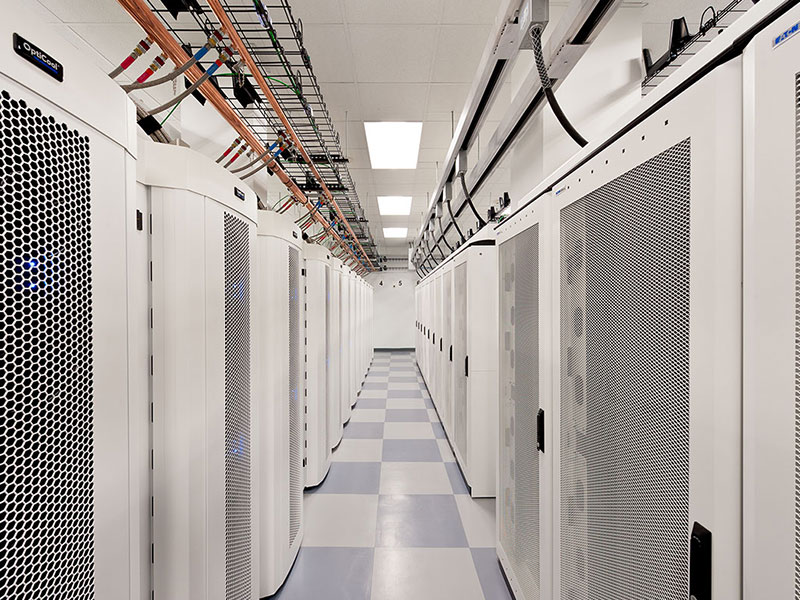
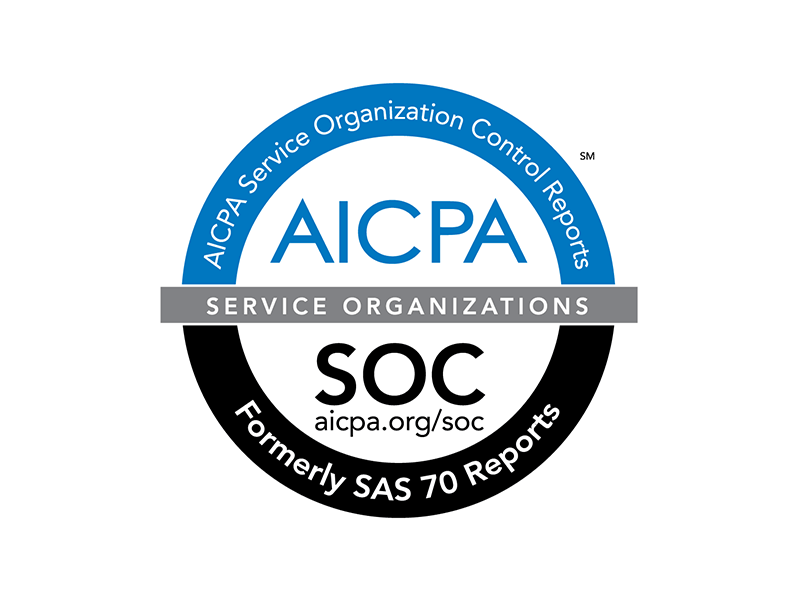
Certifications & Compliance
Colocations also often undergo tier-level assessments, audits, and compliance testing to validate their performance levels. Colocation tenants can leverage these certifications and compliances without the added cost and responsibilities of performing them on their own.
Disaster Recovery
Data Center owners are responsible for developing, coordianting, testing, and managing their contingency plans and emergency resources. Plans often fall short of organizations’ desired business continuity levels due to budget constraints. Colocations are purpose-built with disaster recovery features imbedded in the base service. Based on a colocation’s tier level, the facility may far exceed its clients’ in-house continuity abilities even with a generous disaster recovery budget.
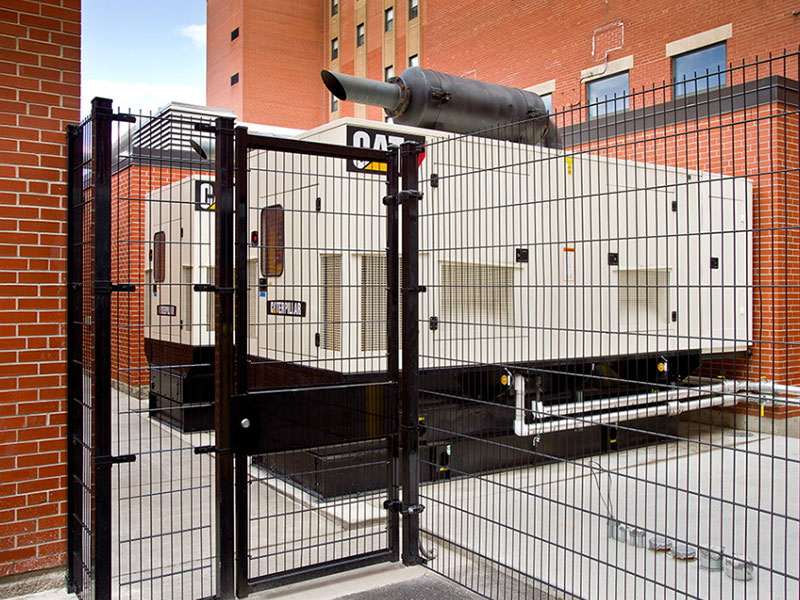
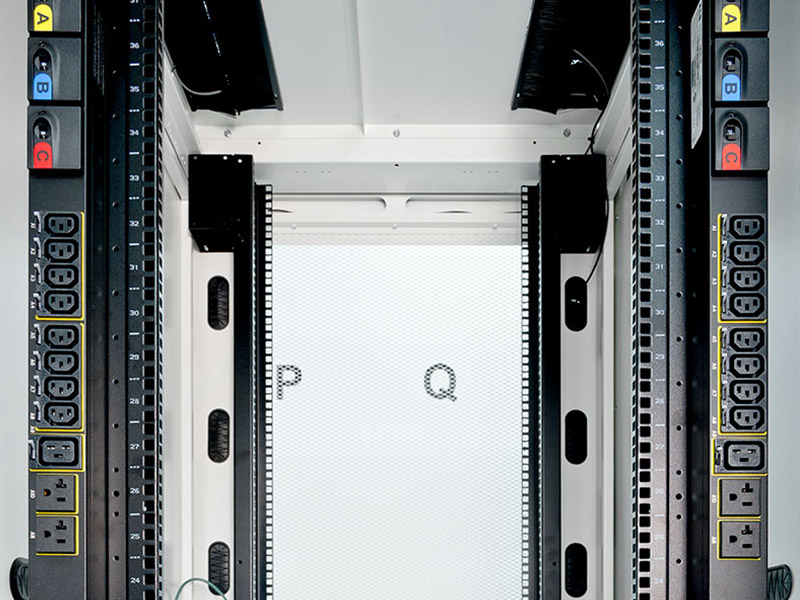
Support & Management
From building and testing to migrating and operating, data centers put high-demand on IT and Facilities resources. Effective inter-operation of highly-skilled teams from both disciplines is critical to a data center’s longevity and success. Balancing cycles to properly support the environment against conflicting projects and responsibilities is challenging. By co-locating, organizations relieve their IT and Facilities teams of the burden of this demanding environment. Colocations have skilled teams i dedicated to supporting the data center 24x7x365. Ensuring the integrity of the environment and maintaining availability are always top priorities.
Security
Businesses invest heavily in network and information security to protect against the 24×7 risks of today’s technological world. Organizations that manage their own data center also carry the added cost and management responsibilities of access control and physical security. At a colocation, the facility manages these functions, and clients can dedicate their financial and human resources on their critical network security.

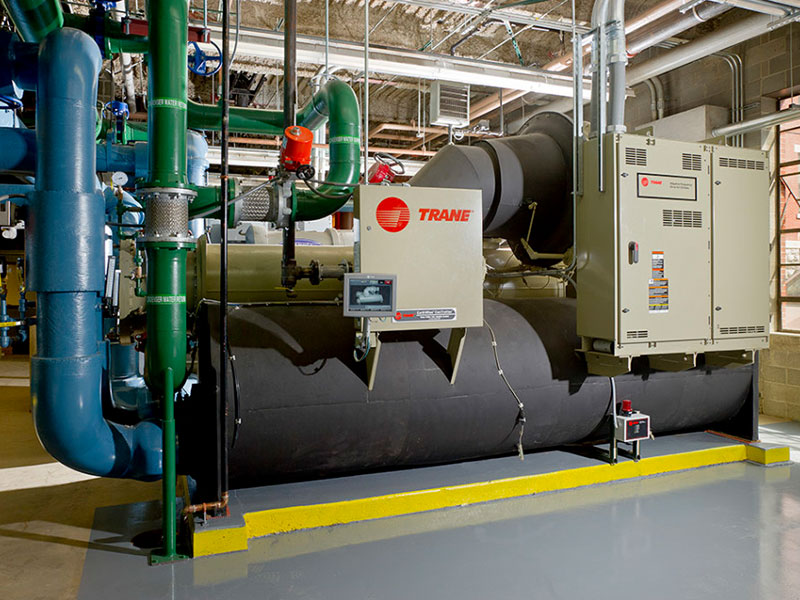
Capital Expenses
Building, retrofitting, or owning a data center calls for extensive capital. Owners assume the total infrastructure investment and depreciation costs while also carrying all future replacement or expansion needs. Colocations offer a solution with zero capital investment for facilities infrastructure. Clients can dedicate their capital resources to their IT systems and hardware.
Operational Expenses
Data center expenses are highly variable and difficult to manage. FTEs, service contracts, preventative maintenance, utility costs, and infrastructure upgrades change with every new application, system, and IT initiative. Long term budgeting and planning can be difficult, and most companies struggle to control their costs. At a colocation, Clients convert the total cost of their data center operations to a fixed monthly recurring rate.
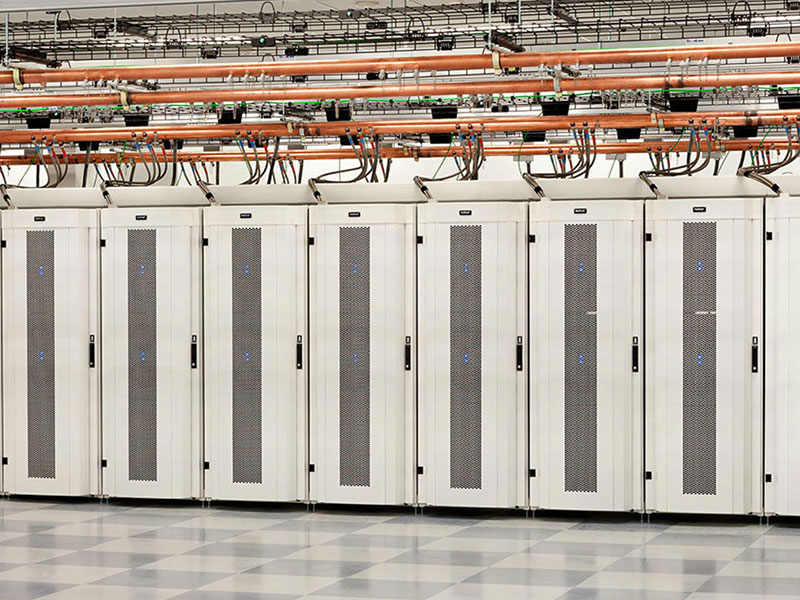
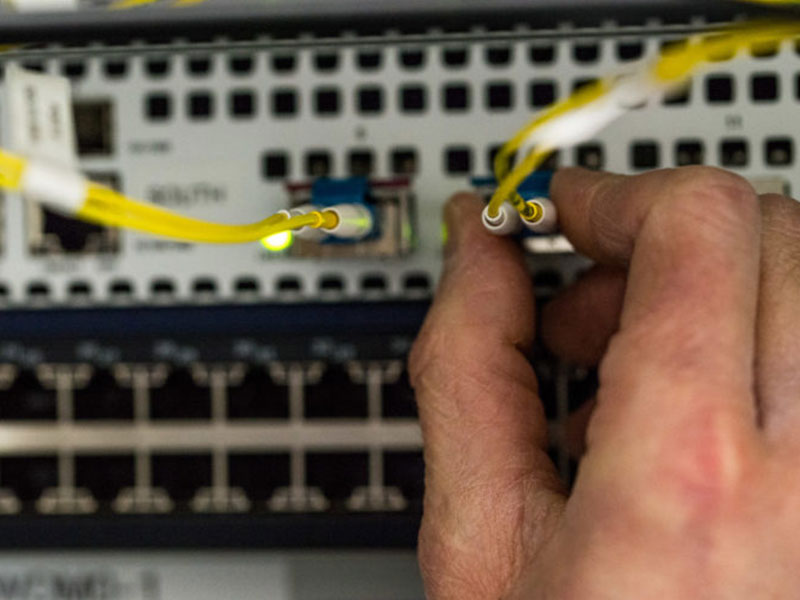
Connectivity
Owners of in-house data centers pay premiums for multiple carriers with diverse, redundant network connectivity services. Options are usually limited, and owners are restricted in their flexibility to change providers in the future. At a colocation, multiple carriers are driven to build into the facility at their cost to provide services to the multiple onsite tenants. Clients have more provider options at lower costs, and it is easier to switch carriers or modify services at any time.
Efficiency
Deploying high-efficiency facilities equipment may be costly upfront, but a high PUE will be very costly to your long-term operations. Colocations invest in the highest efficiency equipment to keep their operational expenses low. Clients reap the benefits without the expensive upfront investment. With high-efficiency equipment and a low PUE, clients’ hardware is optimized for longer life.
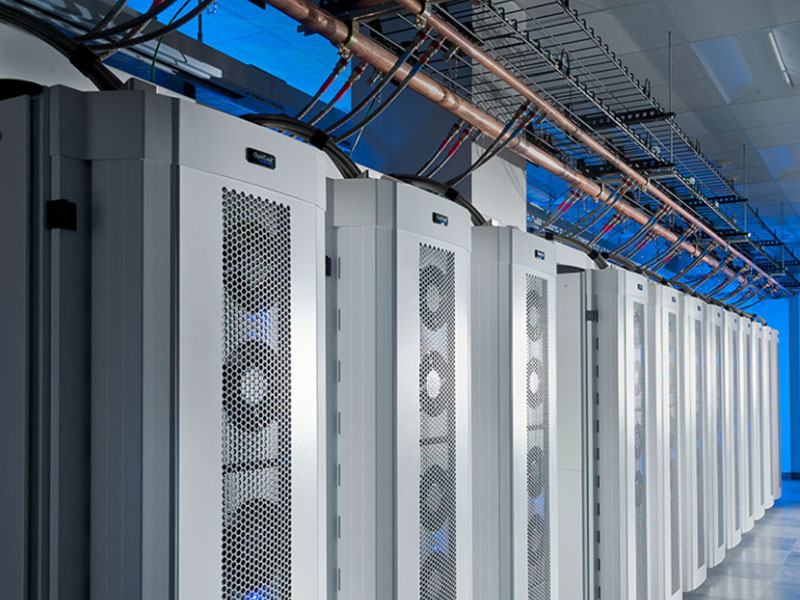
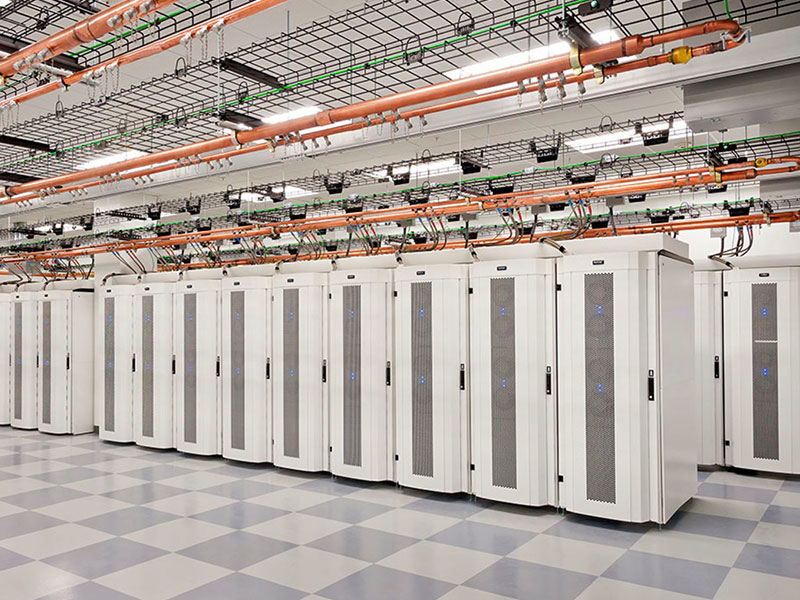
Capacity & Scalability
An organization’s most expensive real estate is inside their data center racks. Expanding or consolidating a data center is costly and time-consuming. Many owners oversize HVAC capacity or waste floor space, but it’s just as easy to undersize infrastructure and hinder future projects. Poorly planned or ineffectively managed capacity force costly expansion projects or waste infrastructure investment. At colocations, providers manage capacity. Clients receive the benefits of modularity and flexibility. They can scale their footprint on demand to ensure that it’s always right-sized to meet their strategic IT plan.
Build Times & Deadlines
Whether building new or retrofitting a legacy data center, the extensive planning required can be delayed by FTE cycles, budgets, etc. Colocations deliver service on-demand at established facilities. Clients have a “greenfield” for their deployments. Teams are able to focus on new projects and initiatives right away instead of being bogged down by an extensive build project.
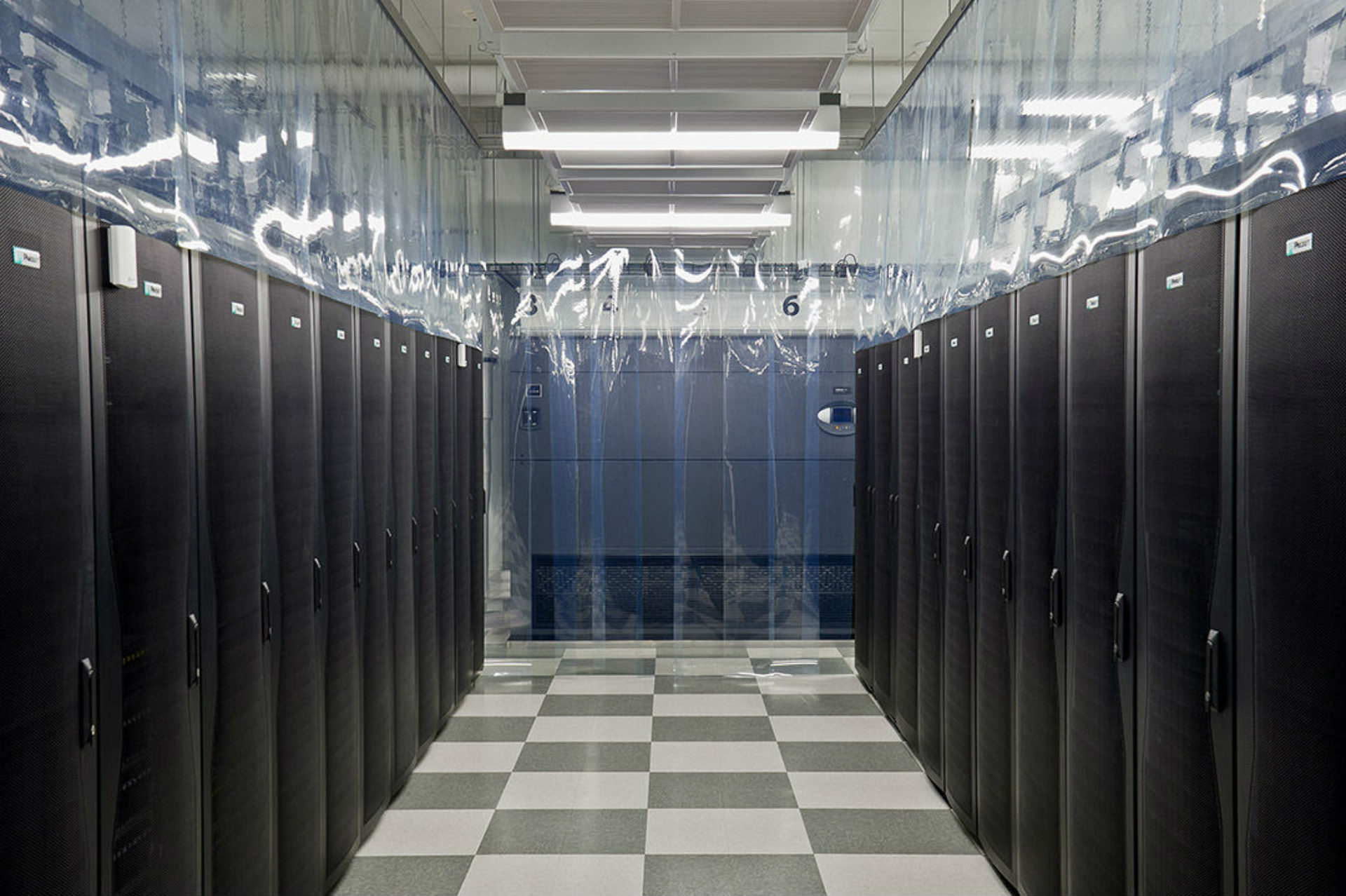

Availability & Performance
Redundancy is both the highest priority and the highest cost of a data center. Owners of private data centers usually find that their desired availability-level is not financially feasible. Colocations achieve high availability levels and offer better performance at low rates by providing services to multiple tenants.
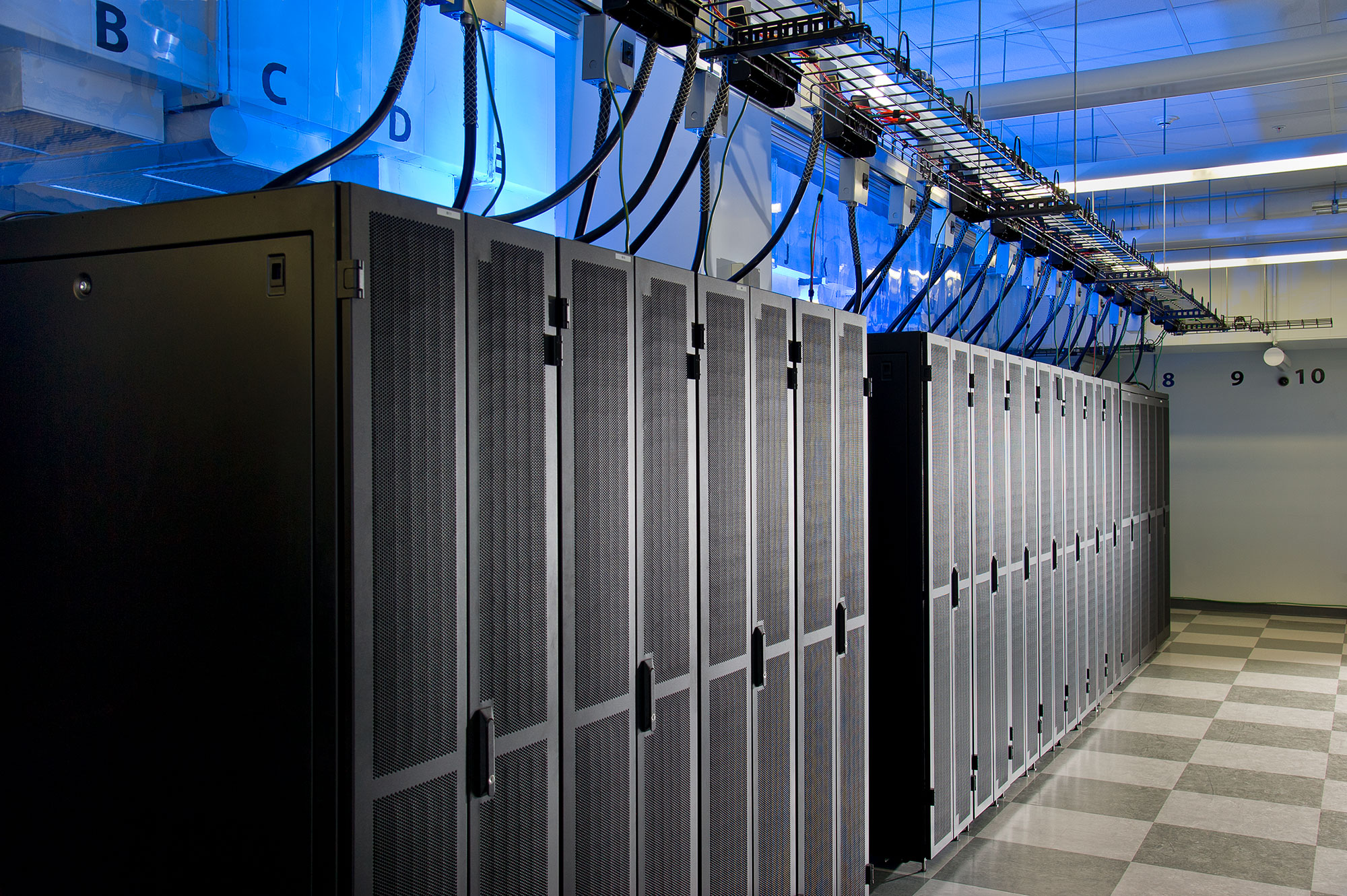
Certifications & Compliance
Colocations also often undergo tier-level assessments, audits, and compliance testing to validate their performance levels. Colocation tenants can leverage these certifications and compliances without the added cost and responsibilities of performing them on their own.
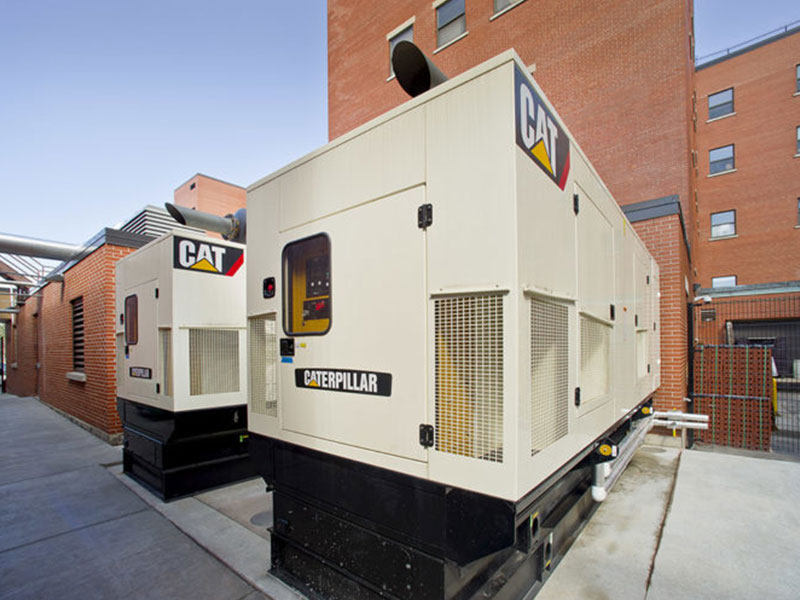
Disaster Recovery
Data Center owners are responsible for developing, coordianting, testing, and managing their contingency plans and emergency resources. Plans often fall short of organizations’ desired business continuity levels due to budget constraints. Colocations are purpose-built with disaster recovery features imbedded in the base service. Based on a colocation’s tier level, the facility may far exceed its clients’ in-house continuity abilities even with a generous disaster recovery budget.

Support & Management
From building and testing to migrating and operating, data centers put high-demand on IT and Facilities resources. Effective inter-operation of highly-skilled teams from both disciplines is critical to a data center’s longevity and success. Balancing cycles to properly support the environment against conflicting projects and responsibilities is challenging. By co-locating, organizations relieve their IT and Facilities teams of the burden of this demanding environment. Colocations have skilled teams i dedicated to supporting the data center 24x7x365. Ensuring the integrity of the environment and maintaining availability are always top priorities.

Security
Businesses invest heavily in network and information security to protect against the 24×7 risks of today’s technological world. Organizations that manage their own data center also carry the added cost and management responsibilities of access control and physical security. At a colocation, the facility manages these functions, and clients can dedicate their financial and human resources on their critical network security.

Capital Expenses
Building, retrofitting, or owning a data center calls for extensive capital. Owners assume the total infrastructure investment and depreciation costs while also carrying all future replacement or expansion needs. Colocations offer a solution with zero capital investment for facilities infrastructure. Clients can dedicate their capital resources to their IT systems and hardware.

Operational Expenses
Data center expenses are highly variable and difficult to manage. FTEs, service contracts, preventative maintenance, utility costs, and infrastructure upgrades change with every new application, system, and IT initiative. Long term budgeting and planning can be difficult, and most companies struggle to control their costs. At a colocation, Clients convert the total cost of their data center operations to a fixed monthly recurring rate.

Connectivity
Owners of in-house data centers pay premiums for multiple carriers with diverse, redundant network connectivity services. Options are usually limited, and owners are restricted in their flexibility to change providers in the future. At a colocation, multiple carriers are driven to build into the facility at their cost to provide services to the multiple onsite tenants. Clients have more provider options at lower costs, and it is easier to switch carriers or modify services at any time.

Efficiency
Deploying high-efficiency facilities equipment may be costly upfront, but a high PUE will be very costly to your long-term operations. Colocations invest in the highest efficiency equipment to keep their operational expenses low. Clients reap the benefits without the expensive upfront investment. With high-efficiency equipment and a low PUE, clients’ hardware is optimized for longer life.

Capacity & Scalability
An organization’s most expensive real estate is inside their data center racks. Expanding or consolidating a data center is costly and time-consuming. Many owners oversize HVAC capacity or waste floor space, but it’s just as easy to undersize infrastructure and hinder future projects. Poorly planned or ineffectively managed capacity force costly expansion projects or waste infrastructure investment. At colocations, providers manage capacity. Clients receive the benefits of modularity and flexibility. They can scale their footprint on demand to ensure that it’s always right-sized to meet their strategic IT plan.

Build Times & Deadlines
Whether building new or retrofitting a legacy data center, the extensive planning required can be delayed by FTE cycles, budgets, etc. Colocations deliver service on-demand at established facilities. Clients have a “greenfield” for their deployments. Teams are able to focus on new projects and initiatives right away instead of being bogged down by an extensive build project.
